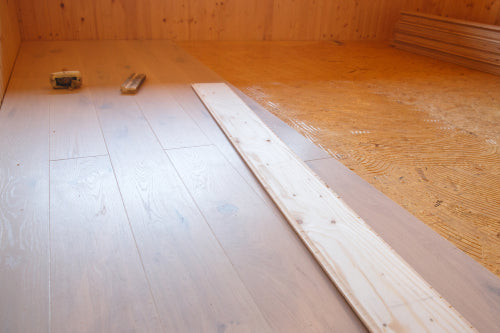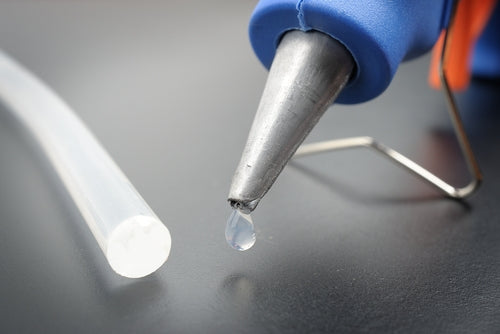If you’re about to lay down epoxy flooring or install new windows, it is possible you are questioning if you really need to prime the area first. Many individuals and contractors wish they could avoid this part because it adds on an extra day of work, as well as additional costs for the primer — but you really shouldn’t avoid this important step. This is because priming the area first can result in a whole range of benefits. Here are six reasons why you should always use an adhesive bonding primer.
1. It Reduces the Chance of Bubbling
One of the main reasons why people prime their floors and windows is because it helps to reduce the chance of trapped bubbles below the floor. This is especially important if you have concrete below your flooring, as this can generate gas bubbles that create pinhole bubbles in your coating. However, if you properly prime and seal the substrate first, you vastly reduce the chance of gas being released, so you are less likely to wake up to a rippled floor in the future!
Of course, it is important to note there are a few other things that can cause bubbles, so priming it won’t eliminate this risk completely, but it will significantly lower the chance of bubbling happening.
2. It Will Improve Adhesion
Another benefit of priming your floors and windows is that it improves overall adhesion, as the primer penetrates the substrate, helping to increase the bonding between the two. This will ensure your flooring and windows are durable, helping them to last for decades. It can also assist in reducing the chance of the floor chipping or breaking!

3. It Helps You to Understand Your Flooring
If this is a new home (or the first time you are laying flooring down), priming the floor first will teach you a lot about your floor. This is very useful in older homes. If you are working with older substrates, you may find the floor has absorbed chemicals, including paints, oils, greases and moisture. By applying a small amount of primer to one section of the floor, you will see how the substrate reacts to epoxy, and this will make it easier for you to take precautionary measures to protect the floor.
4. It Ensures the Area Is Clean
It is essential to clean your floors before laying down new flooring, and priming is one way to make sure you did the job properly. After all, even if you clean for hours, it is likely there will still be tiny amounts of micro dust on the surface of the floor, which you can’t see. However, priming will effectively remove this dust, creating a fully sealed surface that is ready for new flooring.
5. It Reduces the Likelihood of the Coat Getting Absorbed by the Substrate
Sometimes the substrate can be very dusty, especially if you live in an older home. This can make it more absorbent, which can ruin your new floor; if you try to apply a coating, you may find you end up with an ugly matte look. This is because the absorbent substrate will take all the fluid from the coating, but a primer will stop this from happening. The primer will seal off the absorbent surface, so you can easily apply a paint or varnish coat, without it being partially absorbed.
6. Primers Are Better Than Ever Before
The final reason to use primers is that they are better than ever before. Developing technology means primers are more effective, helping to create dependable, durable, long-term flooring that can last for decades without becoming damaged. You can also buy specific primers for different jobs; for instance, it is possible to buy primers that are specifically designed for older floors.
Advancements have also made primer easier to work with; now it is simple to apply to your flooring. This means you don’t have to worry about doing something wrong while you apply the primer!

How to Use an Adhesive Primer
When it comes to working with adhesives and sealants, there are a few things you should know. While they are generally very easy to use, it is important to make sure you buy a primer with the right viscosity for the job you are completing. Adhesive primers are used throughout a range of industries to improve substrate to adhesive bonding strength. Consider speaking to a professional who can help you. This will ensure you choose the right primer for the job!
